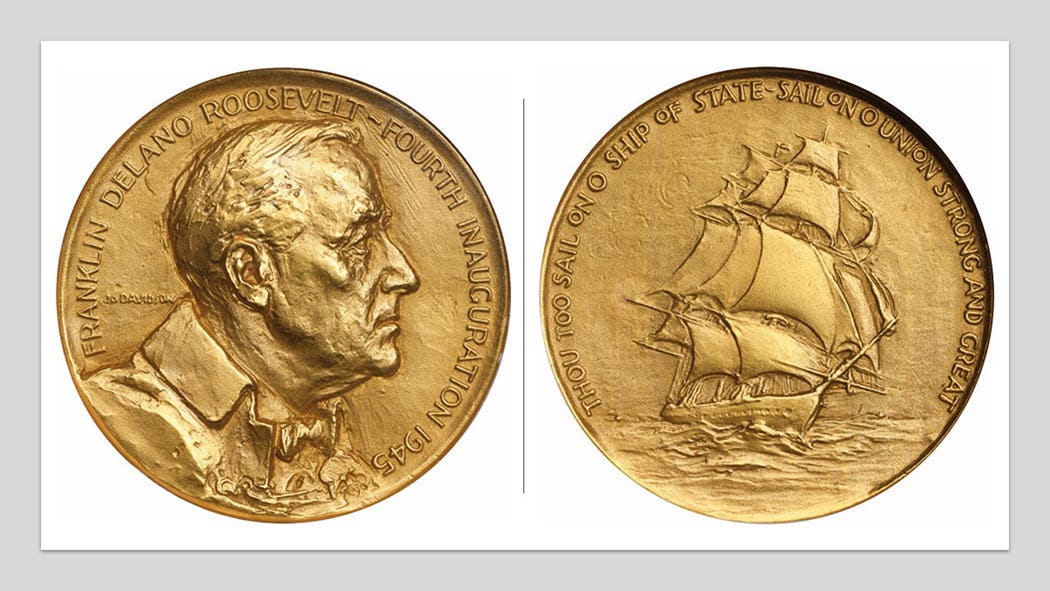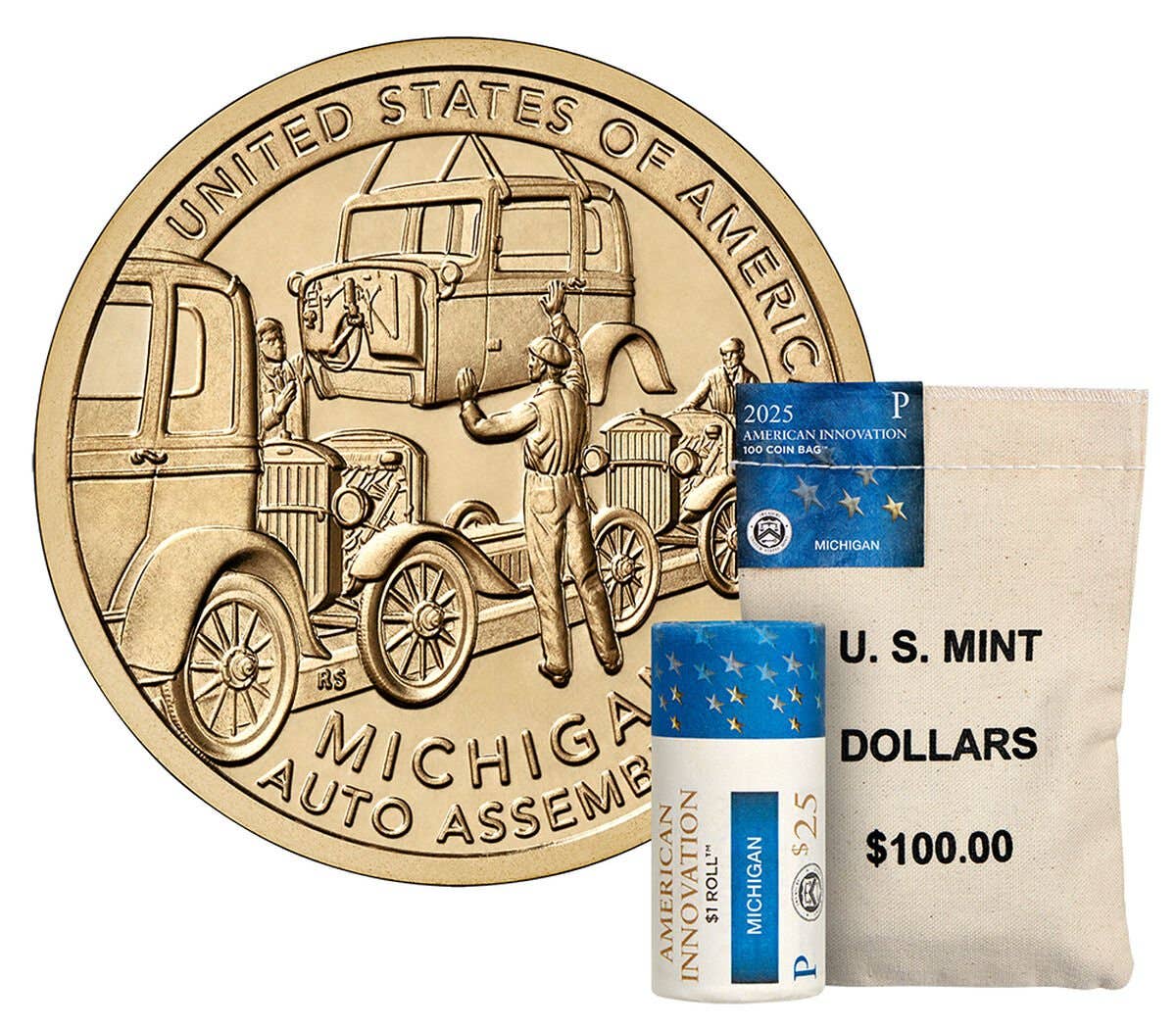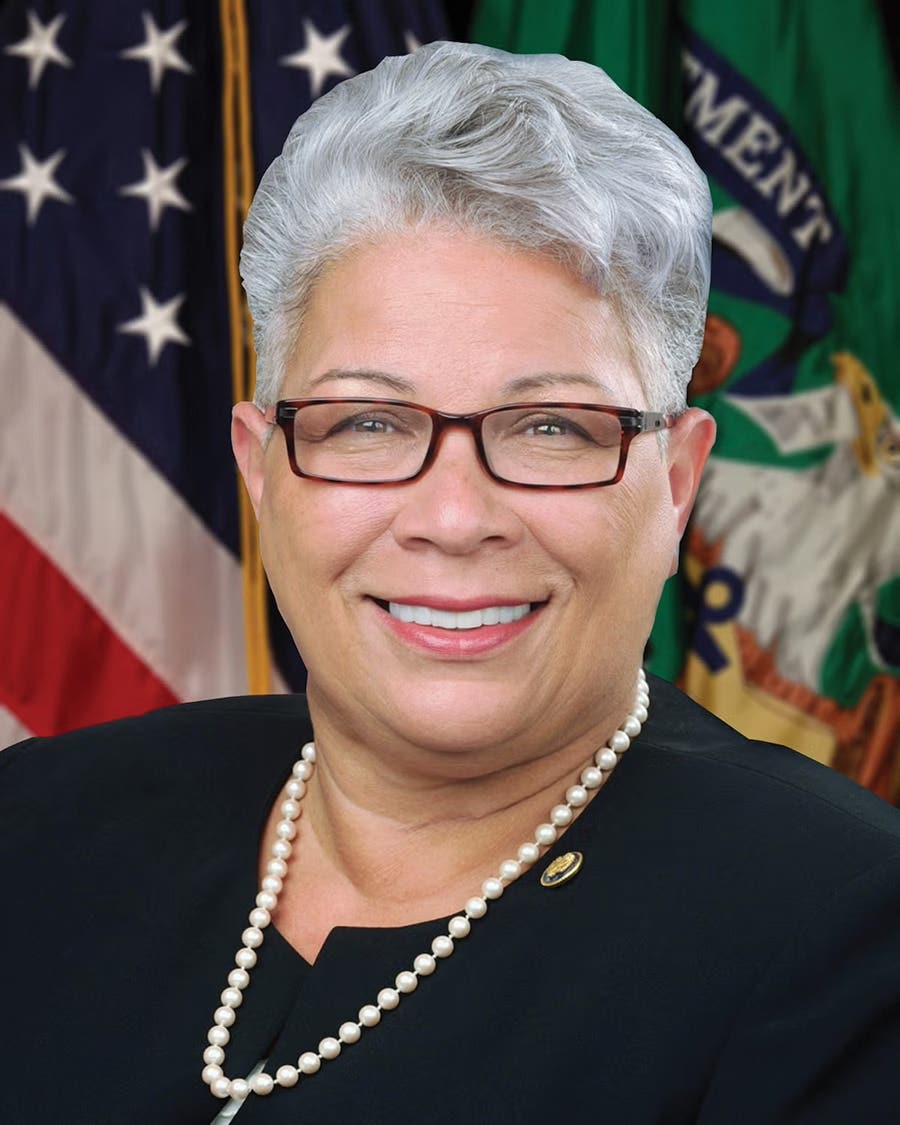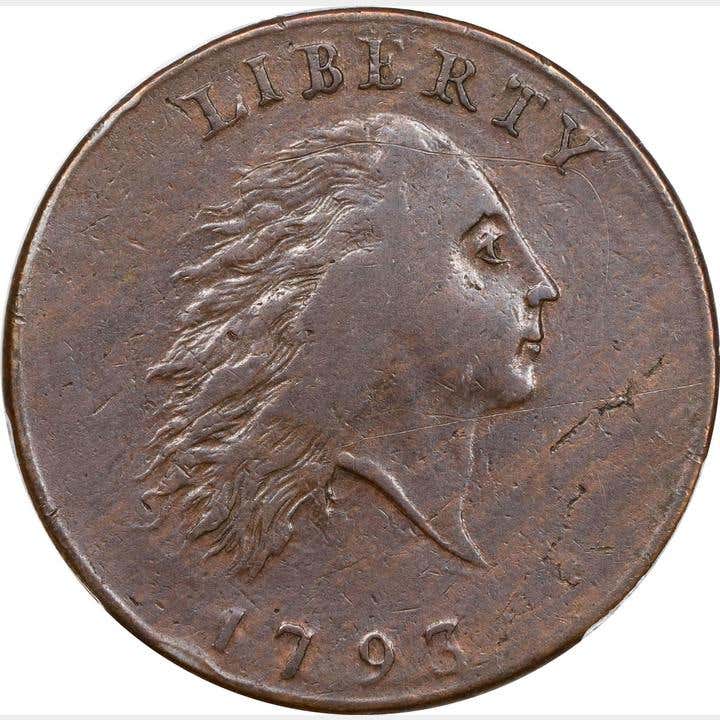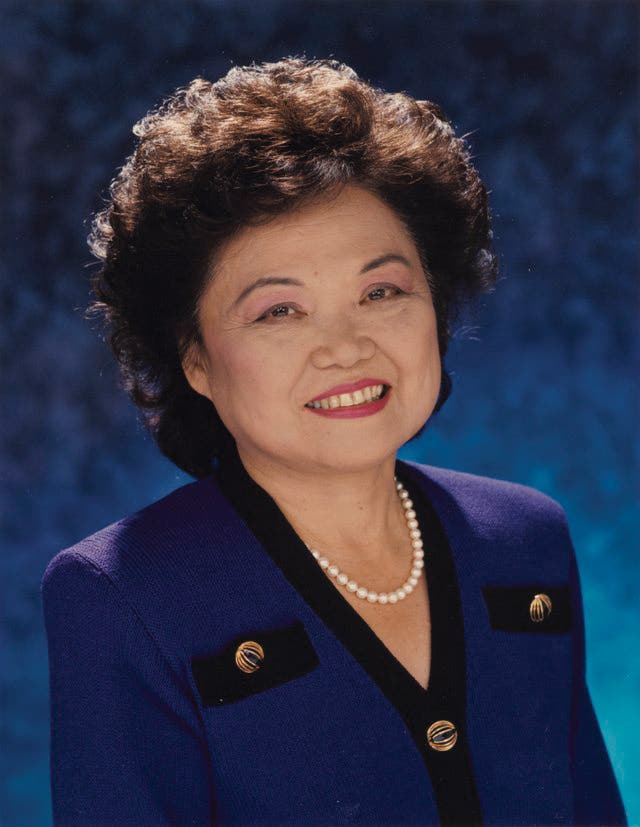‘Minor’ Doubled Cent Sells for Record $21,811
A minor but exceedingly rare 1972 Doubled Die Obverse #4 Lincoln cent graded PCGS MS-66 RD just sold for about 15 times the value of the well-known major doubled die…
A minor but exceedingly rare 1972 Doubled Die Obverse #4 Lincoln cent graded PCGS MS-66 RD just sold for about 15 times the value of the well-known major doubled die in the same grade. It was sold by GreatCollections on June 25 for $21,811.50 after heavy bidding in the last few seconds of the auction. The major 1972 doubled die in that grade normally fetches no more than around $1,500 at auction.
It was from the Bellewood Collection of Lincoln Cent Varieties where other varieties went for high prices.
Back in January 2009, I wrote about a 1972 Doubled Die #4 (CONECA DDO-004 4-O-I) that does not even come remotely close to the strength of doubling found on the major Die #1. It sold in a Teletrade Auction that broke all records for the coin back then with a price that exceeded that of the major variety in the same grade many times over selling in MS-63 BR for $2225. Many thought that was going to be a tough record to beat in any grade.
Not so! When the dust settled on the GreatCollections auction, the $21,811.50 including the buyer fee swept all the old records to the side almost as if they were ancient history – like looking up Morgan dollar prices in a Red Book from 1950.
This latest one is admittedly a significantly higher grade than the example sold in 2009, but the hammer price including buyer’s fee was $21,811.50 with over a $7,000 jump in price in the last three or four seconds of the auction! That is nearly 10 times the price garnered for the MS-63 BN. Folks sitting on the sidelines, as we watched it for several days, thought that the $4,000-plus price it was at a day before the auction was unbelievably high, but nobody suspected it could get into the five-figure range.
The reason for the seemingly astronomical price is simple: supply and demand. It is the rarest of the entire series of 1972 doubled die cents known, and many collectors that specialize in doubled dies and/or Cherrypickers’ Guide varieties attempt to own one of each of all the varieties, which at the time of my 2009 writing was nine but is now up to about 12 depending on which listing service you consult. However, it’s the first nine that are in the most demand as they are in Cherrypickers’ Guide to Rare Die Varieties by Bill Fivaz and J.T. Stanton and are recognized by PCGS and NGC.
Most seasoned variety coin experts have only seen one or two specimens of the variety in their entire career – or none – versus hundreds of examples of many of the other minor 1972 doubled die cent varieties (though several are rather prominent and would undoubtedly be selling for much higher prices if they were not overshadowed by the major Die #1).
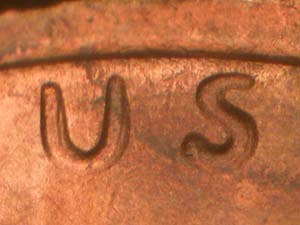
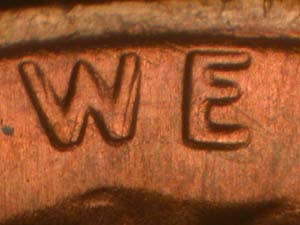
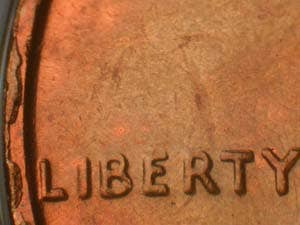
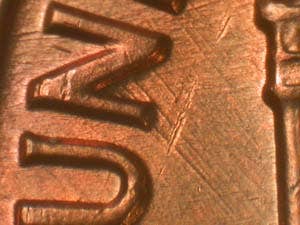
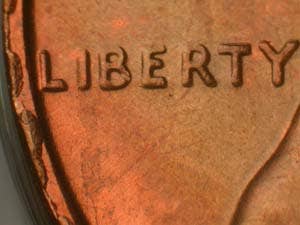
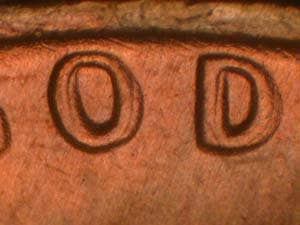
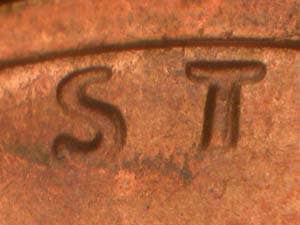
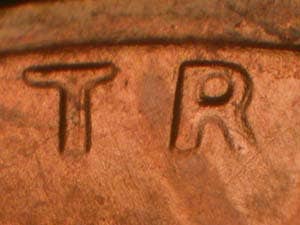
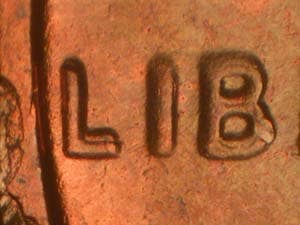

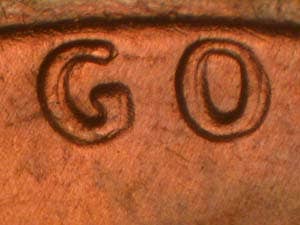
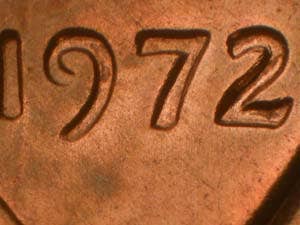

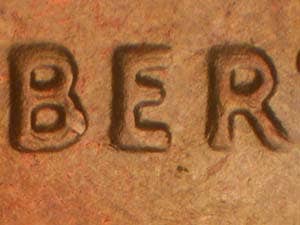
While Die #4 is not the most minor doubled die obverse for the 1972 nine-coin series, of the eight Class 1 rotated hub doubled dies known, it only beats out Die #6 in strength. It exhibits a light to moderate counter-clockwise doubling on “IN GOD WE TRUST,” “LIBER” of “LIBERTY” and light doubling on the date. One of the most important diagnostic markers used in its identification is a series of connected die chips, or what are referred to as rim cuds, on the left side of the obverse.
Other die markers are a die scratch southwest from the lower “N” of “UNITED,” numerous die scratches east-west above and below the Memorial building and die scratches east-west running from the seventh through the ninth bays of the Memorial building.
Brian Allen, author of several variety books and my co-author to Strike It Rich With Pocket Change said that some 20 years ago the late Russ LeBeau (who owned two examples) swore that DDO #4 was worth thousands more than the DDO #1. “I thought he had lost his mind, but he appears to have been correct,” said Allen. Allen obtained the example he now owns from within a lot of 20 circulated 1972 unidentified minor doubled dies that he purchased from error-variety dealer G. J. Lawson about 15 years ago now graded PCI Extremely Fine 45.
The late Billy Crawford, author of A Detailed Analysis of Lincoln Cent Varieties said, “I have examined two specimens, one with and one without the rim cuds. However, both coins exhibited the same well-known and documented die markers for this variety. In my opinion, I believe it remains a very elusive variety.”
Crawford is the only observer who reports seeing a stage of the die prior to the development of rim cuds. This indicates that examples that appear to be Die #4 without the obverse rim cuds need to be checked further using reverse die markers. It is possible that the coin in this latest GreatCollections sale may be an early die state without the cuds as they cannot be seen in the images.
Chuck Daughtrey, author and webmaster of CopperCoins.com said, “Almost all examples of reported Die #4 I have seen turned out to be the very similar Die #7. I do not have one, nor have I ever owned one.”
A lesson here is that if you think you have a Die #7, maybe you should double-check it to make sure it is not a Die #4.
Another CopperCoins.com attributer, Bob Piazza, noted that he has only attributed one Die #4 in a slightly circulated grade with the rim cuds and other markers present.
John Wexler, who has penned more than a dozen variety books and seen a total of three specimens as of 2009, said, “I have two stages for this variety listed in my files. The first shows a rim cud to the left of the ‘L’ in ‘LIBERTY.’ The second shows several rim cuds between 8:00 and 10:00. I have not seen any without the rim cuds. The reverses are the same for both stages. I suspect that the die deteriorated rapidly and had to be removed from use. Over the years it has proven to be an extremely rare variety.”
Former Combined Organizations of Numismatic Error Collectors of America (CONECA) 20th century variety coin attributer and author James Wiles agreed with Wexler on the rapid die deterioration possibility and said, “I have only seen one copy in 20 years.” It grades MS-64 Red.
I have only seen one example that I photographed for Kevin Flynn back in May of 1994. It was in early die state and contained all the cuds along the left rim. Over the years I have handled hundreds of the other minor doubled dies but never a Die #4.
Brain Allen and I list it in our book, Strike It Rich With Pocket Change, with a listing number of VCR#4/DDO#4 with estimated values of $200 to $300 for a circulated grade and $1,500 to $3,000 for an uncirculated MS-60/+ example. Bill Fivaz and J.T. Stanton list the variety in the Cherry Pickers’ Guide To Rare Die Varieties, Sixth Edition, Volume 2 as FS-01-1972-104 with a Universal Rarity Scale (URS) rating of 6. URS-6 indicates an estimate of 17 to 32 pieces known. Stanton stated he sold a “full red BU” sometime in the late 1980s or early 1990s from his and Fivaz’s JOJA JEMZ catalog for about $35 to $40. CPG currently estimates the value for an MS-63 at $900 and MS-65 RD at $1,500, which just goes to show you, true rarities can shatter records or preconceived notions of value given in price guides.
Hub doubling, or what collectors commonly refer to as a doubled die, is possible due to a phenomenon known as work hardening. This causes the metal of the face of a die to become too hard and too brittle to allow a complete image to be sunk into the die in one operation without causing it to crack or shatter (during the multiple hubbing process). As a result, several impressions or hubbings are required to produce a die when using this process. (The U.S. Mint largely replaced the multiple hubbing process in recent years by the more modern “single squeeze” restrained hubbing process [but still uses it for large medals where they still have hubs in storage].) Between each hubbing, the die is removed from the press and annealed (softened), thus allowing for another impression without shattering the die. If for some reason a partially finished die is reinstalled into a press for strengthening and the hub and die is improperly indexed, resulting in a misalignment of images, or if the hub varies in design from the one(s) used for earlier impressions, hub doubling will result.
In the case of the 1972 DDO #4, (and all the varieties listed from #1 through #8), we have what is referred to as Class 1 Rotated Hub Doubling. This class occurs when there is a rotational misalignment between images. As can be seen in the images shown here, the final overlying image is rotated counter-clockwise (CCW) in relation to the earlier underlying image. The direction of spread on hub doubling is defined as the direction you must move from the underlying images to the usually stronger overlying image. Thus, this variety is defined as a Class 1 Rotated Hub with CCW doubling.
Other sales for this coin are a PCGS MS-63 RB in Stack’s Bowers’ November 2016 Baltimore Auction that ended Nov. 10, 2016, that sold for $881.25 and another by the same firm grading PCGS MS-62 RB for $2070 in the June 2010 Baltimore sale that ended June 19, 2010.
The variety is listed in the Wexler files as WDDO-004 and in CopperCoins as 1972P-1DO-004.
It will be interesting to see what the next one sells for!
Photomicrographs shown here are courtesy of CONECA, photographed by James Wiles. CONECA may be visited and/or joined at https://conecaonline.org.
Ken Potter has been specializing in error-variety coinage since 1979. He is a longtime freelance writer and Numismatic Literary Guild award-winner for Numismatic News. He is also a past columnist for NN’s sister publication, World Coin News. He is co-author of Strike It Rich With Pocket Change with Dr. Brian Allen. He may be contacted via email at kpotter256@aol.com. He owns and manages the Facebook educational group, “Error-Variety News Education Center,” open to all who are interested.




